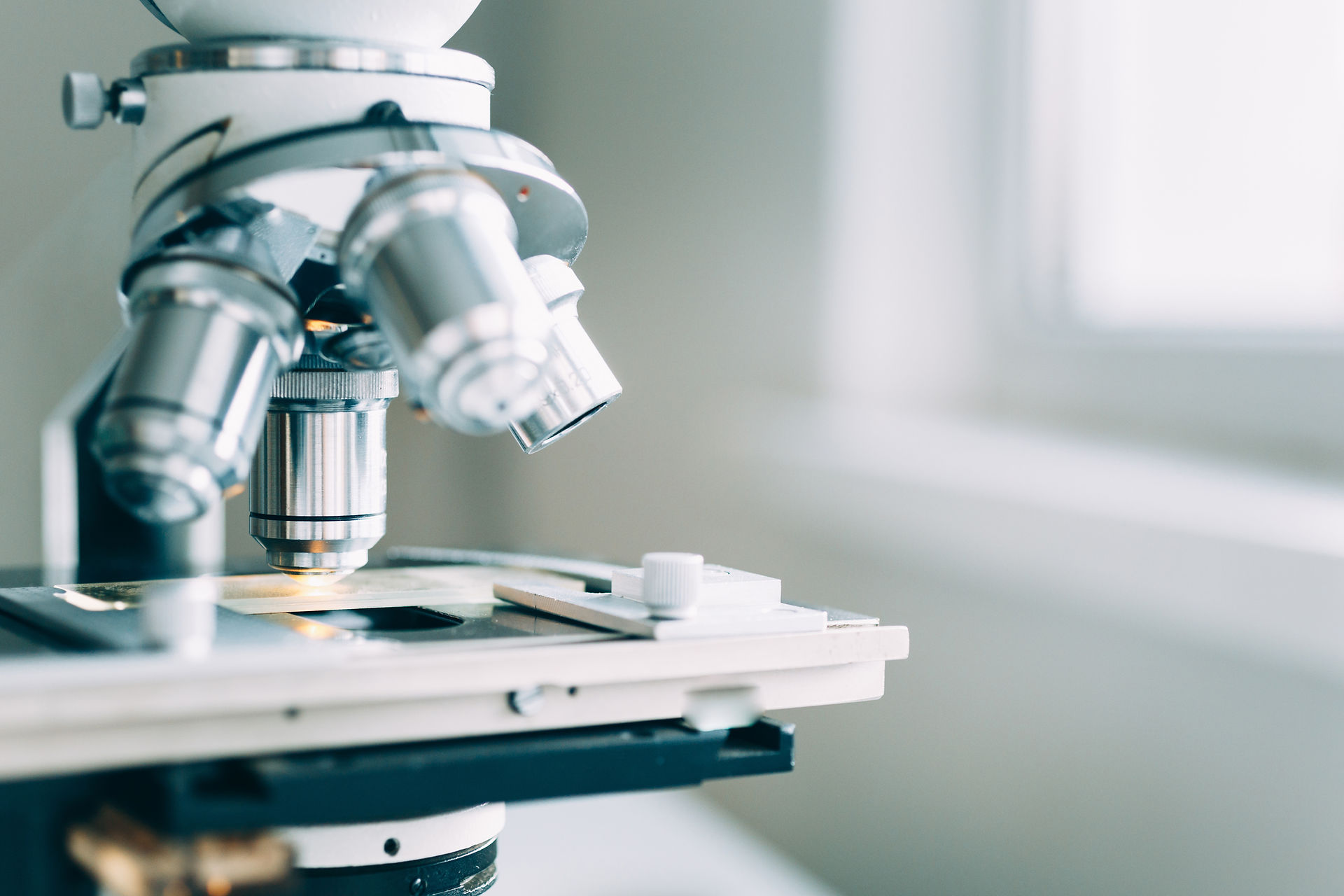Why is Mars Red???
- IIChE-GVPCE(A) Student Chapter

- Feb 18, 2022
- 3 min read
Mars is one of our neighboring planets, it is the fourth planet from the Sun and the second smallest planet in our Solar System. Scientists have been very interested in the exploration of Mars and one of the questions currently being investigated is why Mars appears red.
If you look closely, in good conditions and when positioning of the planets is right, you’ll be able to spot Mars shining bright in the night’s sky. When you do, you will notice that it has a slight red tinge to it. This has given Mars quite the reputation in the past. Some believed the red to mean it was strong and powerful, which is how it got its name, Mars is the Roman God of War. Others feared its scarlet color giving the planet an air of mystery and danger.
However, in the last century as technology has developed we have of course managed to get a closer look at this beautiful planet. It turns out the red color comes from the presence of Iron Oxide, a mineral found in the dust that covers almost all of Mars.
Iron oxide is the element that also gives rust and blood its red color. The Mars Rovers named Spirit and Opportunity took samples of this rusty dust to be examined. It is not just one color but a variety of browns, reds and oranges. The dust is very fine and easily spread by the huge storms that take place on Mars. This often gives the impression that the sky is also red but it is speculated that this is just the dust being carried around the atmosphere in the strong winds.
The layer of dust is thin, usually just a few centimetres and when NASA’s phoenix lander dug down beneath this dust layer in 2008, it discovered that the surface below was actually brown volcanic rock, much like Earth. Earth also has a lot of Iron, but it is mostly found deep in the Earth’s core. It is thought that Mars used to be much more similar to Earth than it is now. But when Mars lost its atmosphere, the volcanoes on the planet pushed up the iron from below and blew it out onto the surface.
So how did Mars end up with all this Iron Oxide floating around? Iron alone is not red, to become iron oxide it needs to react with a good amount of oxygen. As we know, Mars has only a tiny percentage of oxygen in its atmosphere, 0.13% compared with Earths 21%, so how did this happen?
A planet with very little oxygen producing huge amounts of an element requiring oxygen is not so easy to explain. The one thing it does tell us is that at some point in history, there was a lot more oxygen on Mars. Currently all of the water on Mars is in the form of ice. This can be seen on the surface of the north polar ice cap. Research carried out in 2012 suggested that billions of years ago Mars once had a lot of liquid water on its surface, as much as is found in our Arctic Ocean!
This would mean that water vapor would be present in the atmosphere. This vapor would have been broken down by the atmosphere into Oxygen and Hydrogen. The combination of iron and oxygen in the atmosphere caused the reaction that created iron oxide, giving us the rusty dust clouds that float around.
Source:-




_edited.png)





Comments